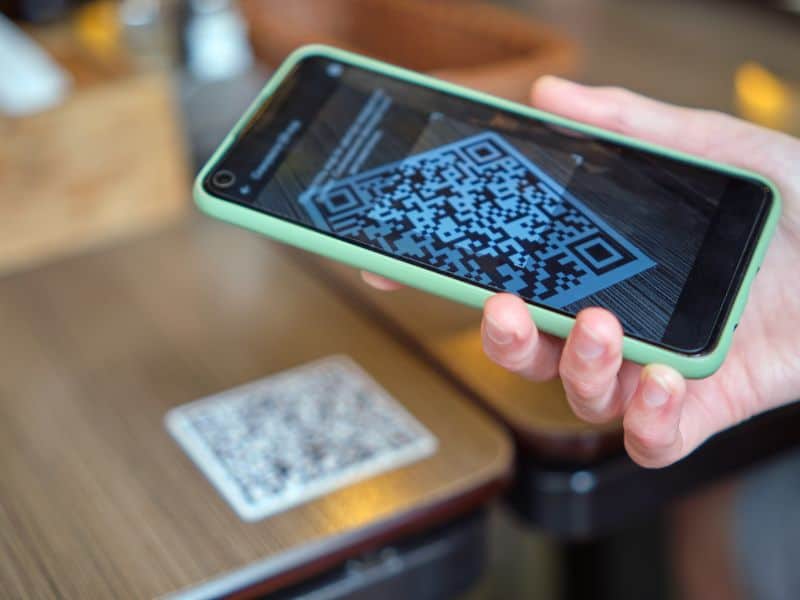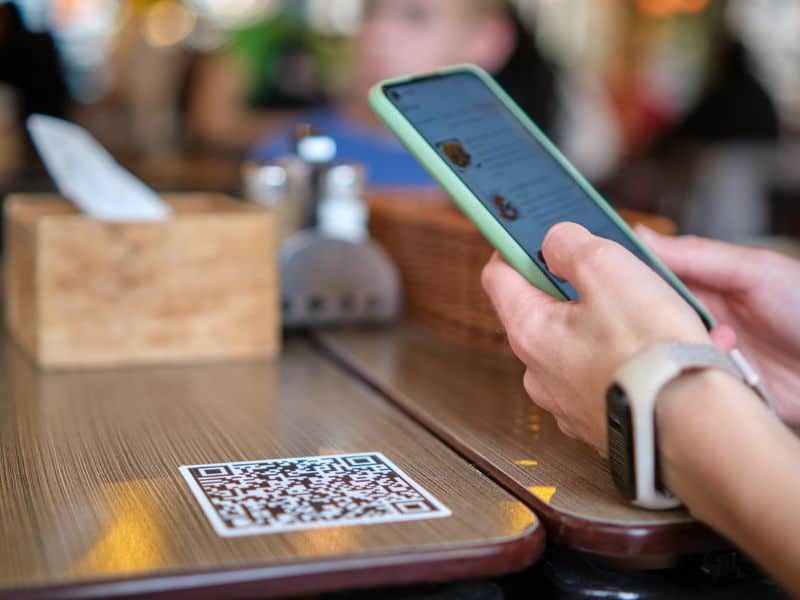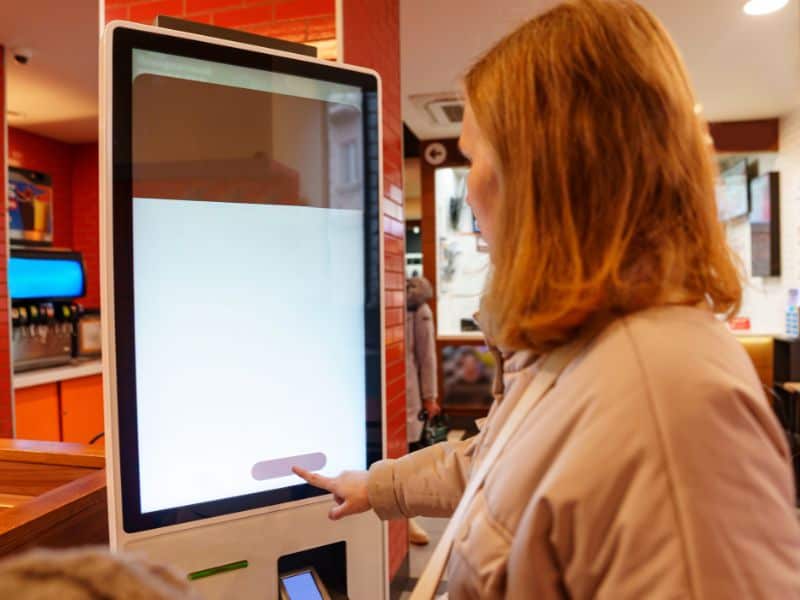
Self-checkout kiosks have revolutionized the retail and hospitality industries by offering a personalized and convenient self-service experience, streamlining the ordering process and reducing wait times. These digital self service kiosk solutions not only enhance operational efficiency but also align with the growing trend towards self-service technology, helping businesses to adapt and scale efficiently.
With the implementation of self-checkout kiosks, businesses witness an increase in average check sizes, contributing to higher sales revenue through self-ordering, while simultaneously reducing operational costs by minimizing the need for a large customer service team. Furthermore, kiosks are proving to be an essential part of green living and sustainable operations, with their ability to cut down paper waste and energy consumption, placing them at the forefront of environmentally-friendly service solutions.
Self-Checkout Kiosks: Evaluating Your Business Needs and Customer Preferences
To determine if a kiosk is the right investment for your business, it’s essential to thoroughly evaluate both your business needs and customer preferences. Begin by considering your in-store traffic volume and the upfront kiosk cost associated with implementing a kiosk program. Understanding the operational fit of a kiosk within your restaurant or retail environment is crucial to ensuring seamless integration and customer satisfaction.
Additionally, setting clear business goals, such as reducing order wait times or enhancing the customer experience, can guide your decision-making process and provide valuable customer insight when considering the deployment of kiosks. Interactive kiosks, functioning as self-checkout kiosk terminals, provide users with the convenience of accessing information and services. This necessitates a thorough examination of their intended use and the setting they’ll be placed in, be it indoors or outdoors, much like an interactive tablet.
Evaluating your business needs entails a comprehensive analysis of your storefront and customer habits, pinpointing any issues, considering demographics, and weighing labor costs against customer insight. Such a detailed assessment guarantees that the chosen kiosk solution is in harmony with your business goals and meets the expectations derived from customer insight.
Pros and Cons of Implementing Self-Checkout Kiosks
The implementation of self service kiosks presents a spectrum of benefits and challenges, which businesses must deliberate over, including the implications of kiosk cost.
Advantages:
- Efficiency and Convenience: Self-checkout kiosks significantly reduce wait times, streamline operations, and offer quicker checkout processes, enhancing overall customer satisfaction.
- Cost and Space Optimization: They can lead to reduced labor costs, allow better use of space, and enable a single employee to supervise multiple kiosks, contributing to optimized staff allocation and increased revenue opportunities.
- Improved Customer Experience: Kiosks offer more accurate orders, personalized experiences, and upselling opportunities, improving the customer experience and satisfaction.
Challenges:
- Initial Investment and Maintenance: High upfront costs and potential downtime due to technical issues or maintenance can impact the return on investment.
- Customer Adaptation and Satisfaction: Some customers may experience confusion or frustration with the technology, and the reduced human interaction may not be preferred by all.
- Security Concerns: The risk of theft and concerns about cleanliness are significant challenges that need addressing to ensure the safety and trust of customers.
By considering these advantages and drawbacks, companies can make well-informed choices about incorporating self service kiosks into their workflows.
Self-Checkout Kiosks: Technological Considerations and Integration
Incorporating kiosk technology into a business framework requires careful selection of kiosk software and POS hardware to ensure the system’s efficiency and its congruence with the brand’s identity and operational demands.
- Customization and Brand Integration: It’s imperative that the kiosk is adaptable, allowing for the integration of graphic templates that reflect the business’s brand identity, including logos and colors, to facilitate a cohesive and recognizable customer experience.
- User Experience and Accessibility: The design should prioritize user-friendliness, ensuring that the kiosk offers an intuitive interface that simplifies navigation and transaction processes for all users, including those with different accessibility needs, thus adhering to ADA compliance.
- Hardware and Software Considerations: Selecting the right screen size and resolution is vital for engaging the user in the kiosk experience, while the choice of infrared (IR) technology can enhance durability and usability in various conditions. Furthermore, the kiosk must integrate seamlessly with existing infrastructure, such as POS hardware, payment gateways, and barcode scanners, ensuring a cohesive system that supports business operations and customer interactions.
Moreover, the implementation should include robust security measures to protect against theft and ensure data privacy in the kiosk, alongside reliable hardware support for maintenance and upgrades. These considerations are foundational in creating a kiosk solution that not only meets the immediate needs of the business but also scales with its growth and evolution, ensuring long-term viability.
Self-Checkout Kiosks Case Studies: Successes and Failures
In the realm of retail and hospitality, the implementation of self-checkout kiosks has seen varied outcomes, highlighting the importance of strategic integration tailored to specific business models and customer needs. For instance:
- Daiso Singapore: This establishment experienced notable success with self-checkout kiosks, which led to enhanced shopping efficiency, reduced queues, and a more convenient customer experience, setting a benchmark for retail innovation.
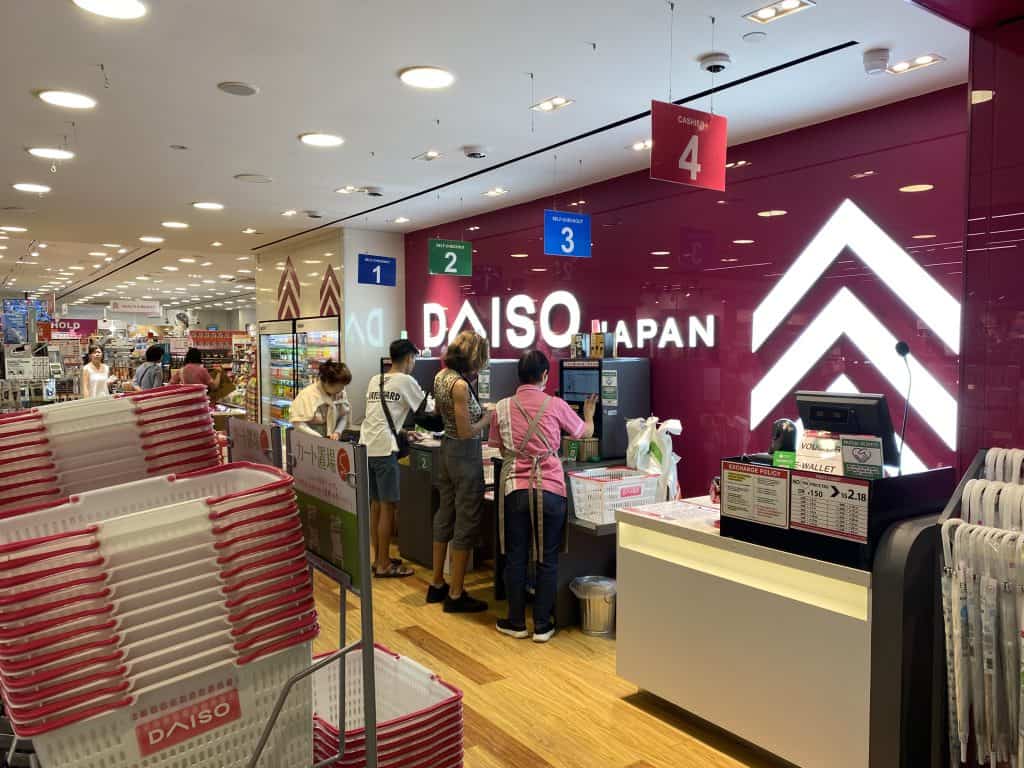
- Similarly, Ace Mart and Auntie Anne’s: The deployment in Singapore saw improvements in operational efficiency and customer satisfaction, demonstrating the potential benefits of Singapore kiosk technology in diverse retail settings and underscoring the adaptability of kiosk solutions in Singapore’s dynamic market.
- Far East Flora: By integrating self ordering kiosk systems, they’ve managed to significantly reduce waiting times during peak hours, enhance queue management, and alleviate congestion at checkout counters, demonstrating the effectiveness of these kiosks in handling high traffic volumes.
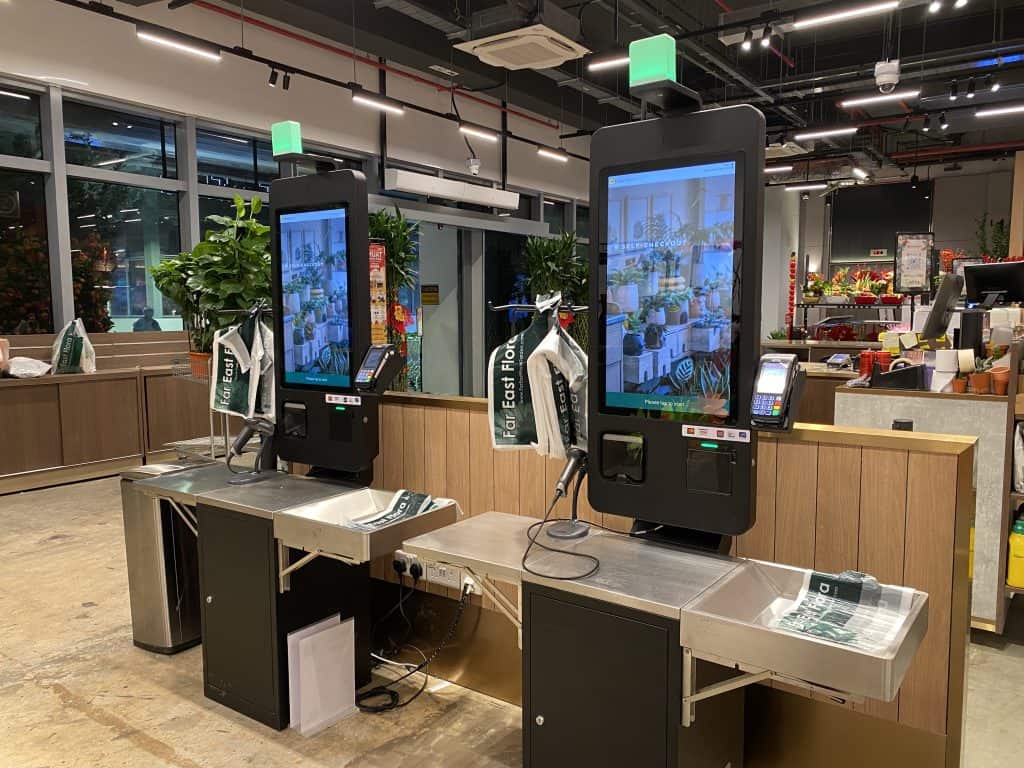
The Self-Service Kiosk Market insights reported kiosks on a trajectory of growth, with projections showing a CAGR of 3.43% and a market value reaching USD 13629.48 million by 2031, signaling the widespread adoption and potential of self-service solutions worldwide. This upward trend is further bolstered by the integration of online ordering and delivery services, which have been shown to boost average sales by 10%-20% and tips by as much as 60%, showcasing the synergy between digital and physical retail. These statistics illustrate the substantial financial benefits and enhanced customer service capabilities offered by self-checkout kiosk systems, marking a significant shift in the retail landscape.
Conclusion
A thorough evaluation of business needs, customer preferences, and the advantages and challenges of self-checkout kiosk implementations reveals that these digital solutions are a beacon for operational efficiency. The successful integration of kiosk technology, as evidenced by various case studies, highlights the potential for businesses to streamline operations and offer a more personalized and efficient service experience. Decision-makers must weigh the initial investment against the operational fit and the technological infrastructure required for seamless integration.
As the retail and hospitality landscape continues its rapid transformation, the adoption of self-checkout kiosks exemplifies the industry’s commitment to digital innovation and customer-centric services. Businesses aiming to remain at the forefront and adapt to the evolving consumer preferences should consider integrating kiosks into their operational model.
For those captivated by the potential of kiosk technology and eager to customize these digital solutions to their unique business requirements, it is crucial to delve into the capabilities of kiosks to unlock opportunities and steer towards a more efficient, engaging, and ultimately profitable future.
Contact us today for a free consultation to determine if self-checkout technology is the right fit for your business. Let’s work together to streamline your operations and enhance customer satisfaction!
FAQs
Q: What are the advantages of implementing touch screen kiosks in a business?
A: Touch screen kiosks elevate business efficiency by delivering convenience and control to customers’ fingertips. These self-service stations are readily available for tasks such as check-ins, allowing patrons to better manage their time and simultaneously decreasing the workload on staff.
Q: What is the purpose of using a kiosk for a business?
A: Kiosk machines are compact, often temporary installations positioned in areas with high foot traffic, designed to connect businesses with customers in a direct and informal manner. They are primarily used for marketing purposes and can function with or without staff, including as self-service points.
Q: How does a self-service kiosk add value to customer experience?
A: Self-service kiosks empower customers with the freedom to manage their transactions autonomously, which includes browsing options, customizing selections, and completing a variety of tasks without staff interaction, thus significantly improving their overall experience.
Q: What strategies can be used to draw customers to a kiosk?
A: To draw customers to a self-order kiosk, strategic placement and clear signage are crucial. Placing a welcoming sign at the entrance to prompt customers to try the new self-order kiosks, complemented by additional instructional signage like ‘Just touch the screen to begin,’ can effectively encourage customer engagement with the kiosk.

